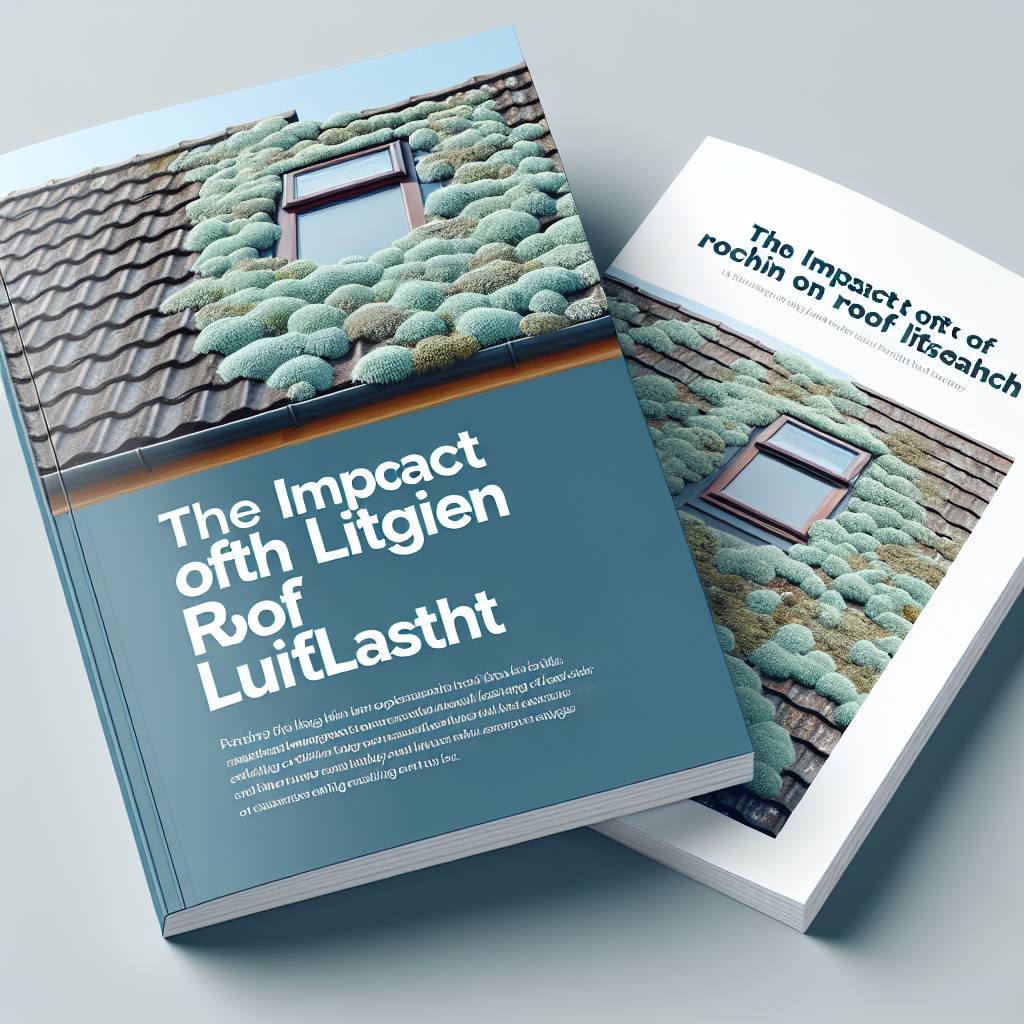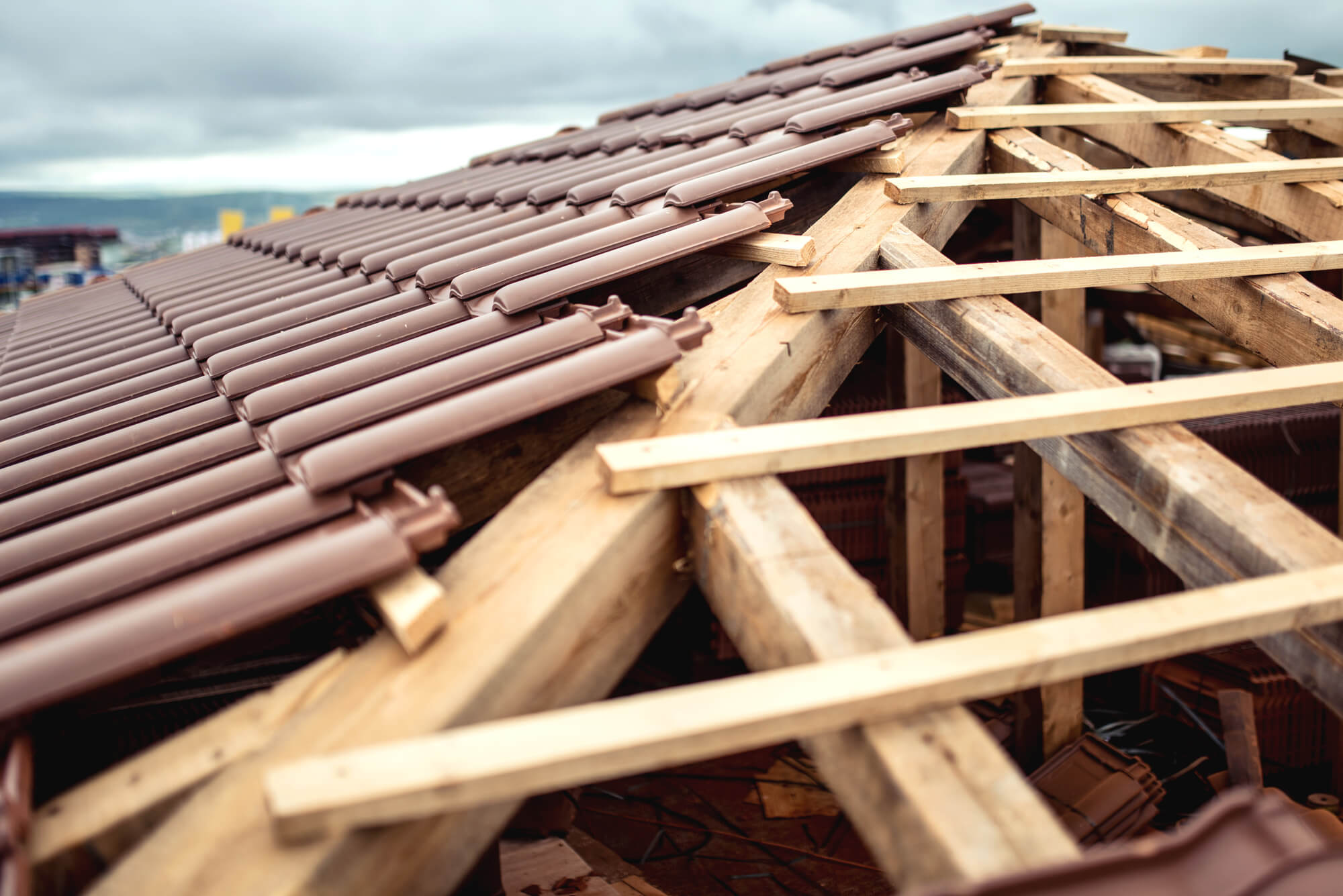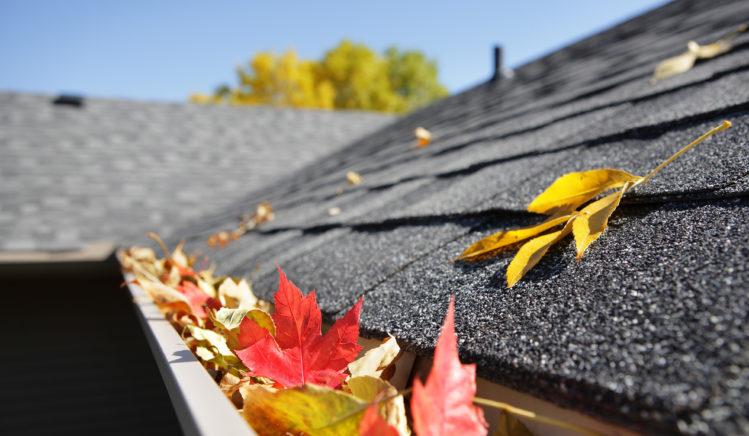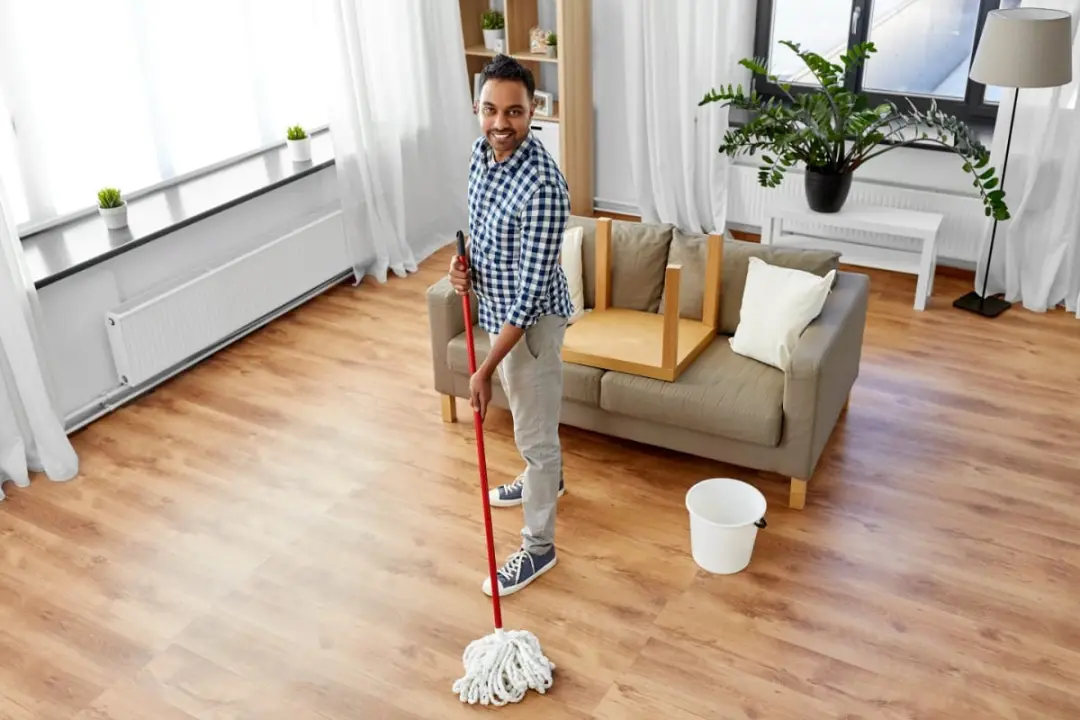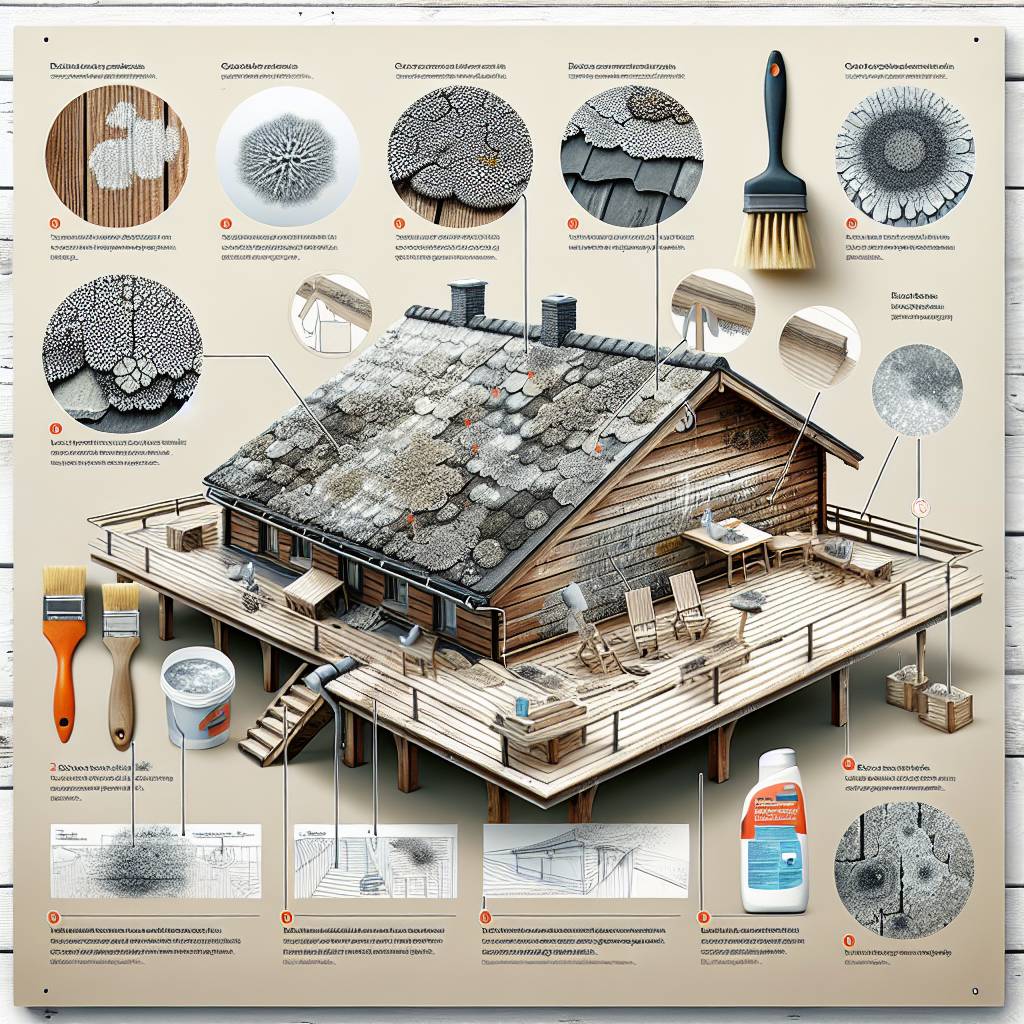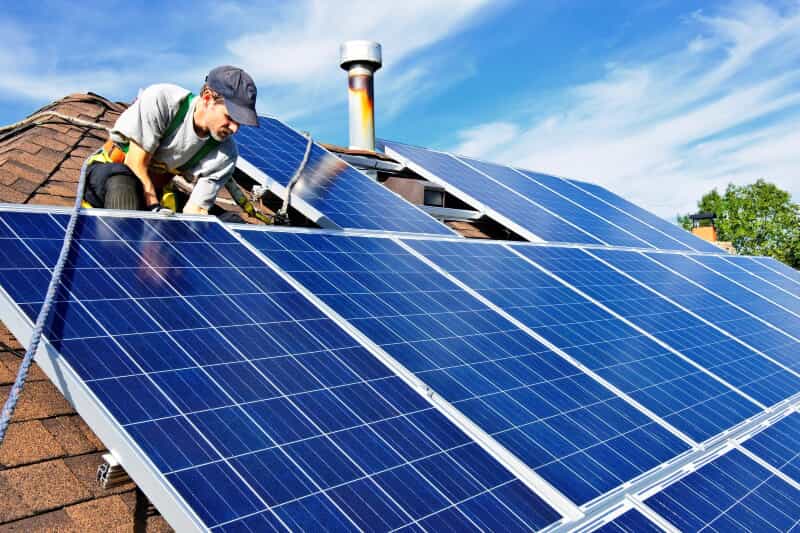Did you know that lichen can reduce a roof’s lifespan by up to 30%? This seemingly harmless combination of algae and fungi can wreak havoc on your roof, leading to costly repairs or premature replacement. Understanding the impact of lichen is crucial for homeowners and building managers alike. In this post, we’ll delve into the detrimental effects of lichen, fungus, and mold on roofs and building surfaces and explore effective mitigation strategies.
Lichen not only compromises the structural integrity of roofs but also affects their aesthetic appeal. From accelerated deterioration to moisture retention, its presence poses significant risks. However, there are proactive measures that can be taken to mitigate these surface issues and extend the lifespan of your roof. Join us as we uncover practical solutions for combating lichen infestation and preserving the longevity of your roofing investment.
Key Takeaways
- Regular roof maintenance is crucial in preventing lichen growth and extending the lifespan of your roof.
- Identifying and assessing lichen damage early on can help in taking timely action to mitigate its impact on roofing materials.
- Implementing best practices for lichen removal, such as gentle cleaning methods, can effectively restore the roof’s appearance without causing damage.
- Understanding the difference between lichen and moss is essential for determining the appropriate treatment and implications for roof health.
- Taking proactive measures, such as trimming overhanging branches and improving roof ventilation, can help prevent lichen and algae growth on roofs.
- Long-term solutions for lichen prevention, like using algae-resistant roofing materials, can significantly reduce the recurrence of lichen growth and maintenance efforts.
Understanding Lichen and Its Growth on Roofs
Environmental Influence
Lichen, a combination of fungi and algae, can thrive on roofs due to favorable environmental conditions. Factors such as moisture, humidity, and sunlight play a pivotal role in promoting lichen growth. The presence of fungus provides the ideal habitat for lichens to establish themselves on roofing materials.
Lichens are particularly attracted to areas where there is minimal disturbance from human activity or natural forces. This is why wet roofs often become an inviting surface for lichens to colonize. Their ability to absorb nutrients directly from the air allows them to flourish even in seemingly inhospitable locations like rooftops.
The different types of lichen that can grow on roofs exhibit varying levels of impact on the lifespan of roofing materials. Some species have root-like structures called rhizines that cling onto surfaces, potentially causing damage over time. Others may release acids during their growth process, which can accelerate the deterioration of roof shingles or tiles.
Impact on Roof Lifespan
The presence of roof lichens on the surface can lead to aesthetic concerns as well as structural issues with roofing materials. While some homeowners might find the green or grayish appearance visually unappealing, it’s important to note that beyond aesthetics lies potential harm.
In addition to affecting the visual appeal of a building’s exterior, certain types of lichen growth could compromise the integrity and longevity of roof components by creating micro-crevices within them. These tiny crevices on the roof surface provide an entry point for wet moisture accumulation which gradually weakens the material over time.
Furthermore, organic matter retained by certain types of roof lichens may foster mold development if left unchecked. Mold and wet not only impacts indoor air quality but also poses health risks for occupants while accelerating degradation processes within building siding and other surfaces adjacent to infested areas.
To mitigate these adverse effects caused by lichen growth on the roof surface, proactive measures must be taken into consideration when addressing this issue.
Factors Contributing to Lichen Proliferation on Roofing Materials
Moisture Retention
Moisture retention in roofing materials creates an ideal environment for lichen growth. When water becomes trapped within the pores and crevices of the roofing material, it provides a nourishing habitat for lichen to thrive. This is particularly common on roof surfaces in areas with frequent rainfall or high humidity levels, where the moisture content remains elevated for extended periods. For instance, asphalt shingles can be susceptible to retaining moisture due to their composition and texture, making them prone to lichen infestation.
Lack of adequate ventilation also contributes significantly to moisture retention in roofing materials and lichens, further exacerbating the issue. Without proper airflow beneath the roof surface, dampness persists, fostering an environment conducive to lichen proliferation. As a result, addressing moisture retention is crucial in mitigating lichen growth and preserving the integrity of roofing materials.
Sunlight Exposure
The absence of sufficient sunlight exposure can promote lichen proliferation on roofs. Areas shaded by overhanging trees or tall structures, where lichens can grow, are especially vulnerable to this phenomenon as they receive limited direct sunlight throughout the day. Inadequate exposure to sunlight prevents evaporation of accumulated moisture from the roofing material’s surface and obstructs natural processes that inhibit lichen formation.
In regions with dense tree coverage or buildings casting prolonged shadows on rooftops, homeowners may notice accelerated development of lichens due to reduced sun exposure. Consequently, ensuring that roofing materials receive ample sunlight can serve as a preventive measure against excessive lichen colonization.
Air Pollution and High Humidity Levels
Air pollution and high humidity levels play pivotal roles in facilitating the growth of lichens on roofing materials. Pollutants present in urban environments contribute compounds that aid lichen establishment and sustenance on rooftops while simultaneously compromising their structural integrity over time.
Moreover, elevated humidity levels create favorable conditions for rapid colonization by promoting microbial activity essential for sustained lichen expansion across various types of roofing materials such as wood shakes or metal panels.
Identifying and Assessing Lichen Damage on Roofs
Visual Inspection
When inspecting your roof, look for any greenish patches or small, leafy growths like lichens. These could be signs of lichen infestation. Take photographs to document the extent of the lichen growth for further assessment.
Signs of Damage
Lichen can cause discoloration and staining on roofing shingles and other roof surfaces. The presence of lichen can also lead to deterioration of roofing materials over time. This damage, caused by lichens, may compromise the integrity and lifespan of your roof.
Visual inspection is crucial in assessing the impact of lichens on exterior surfaces such as roofs and siding. By closely examining these areas, you can identify not only the presence but also the severity of lichen infestation.
It’s important to assess how extensive the damage caused by lichens is in order to determine appropriate mitigation measures. For instance, if left unchecked, severe lichen growth may necessitate repairs or even replacement of affected roofing materials.
Comparing Lichen and Moss: Implications for Roof Health
Negative Impact of Lichen and Moss
Lichen and moss both pose a threat to the health of roofs. While moss tends to retain more moisture, lichen’s presence can also lead to damage over time. The moisture retained by moss and lichens creates an environment conducive to rot, which can compromise the structural integrity of the roof. On the other hand, lichen’s root-like structures penetrate deep into roofing materials, causing physical damage as they grow.
Both types of growth can accelerate wear and tear on roofs by trapping organic debris that retains moisture, providing a fertile ground for further plant growth. This cycle exacerbates the potential damage caused by lichens.
Removal Methods for Lichen and Moss
The methods used to remove lichen and moss differ due to their distinct growth characteristics. For instance, removing moss and lichens involves physically scraping off their layer from the roof surface carefully without damaging the underlying material. Treating with chemicals or installing zinc or copper strips can prevent future moss growth.
In contrast, removing lichen requires a different approach because it is firmly attached to surfaces through small root-like threads called rhizines. Therefore, simply scraping lichens off may not be effective in preventing regrowth. Instead, using a gentle cleaning method such as soft brushing or low-pressure washing is recommended for tackling lichen without causing harm to the roof.
To mitigate future infestations after removal processes are completed successfully for both moss and lichens on roofs, homeowners should consider trimming overhanging branches near their homes’ north-facing areas where shade encourages moisture retention—a key factor promoting plant growth on rooftops.
Best Practices for Lichen Removal from Roofs
Gentle Cleaning Methods
Using gentle cleaning methods is crucial. Harsh techniques can further damage the roofing materials. For instance, soft washing with low-pressure water and a brush can effectively remove lichens without causing harm.
Using high-pressure water or abrasive tools should be avoided as they can strip away protective layers of the roof and exacerbate any existing damage to lichens. By opting for gentle cleaning methods, you ensure that the roof remains intact while effectively getting rid of lichen.
Biodegradable Cleaning Solutions Utilizing biodegradable cleaning solutions is an effective way to eliminate lichen colonies from roofing materials. These eco-friendly solutions do not pose a threat to surrounding vegetation, lichens or the environment.
For example, a mixture of water and mild soap or specialized biodegradable cleaners designed for lichen removal can break down the lichens without causing harm to the roof or its surroundings.
Hiring Professional Roof Cleaners In addition to using gentle cleaning methods and biodegradable solutions, hiring professional roof cleaners ensures safe and thorough lichen removal from roofs. Professionals have the expertise and experience to accurately assess the extent of lichen infestation.
Moreover, they utilize industry-approved techniques tailored to different types of roofing materials and lichens. This guarantees that lichen removal is carried out efficiently without compromising the integrity of your roof. Professional cleaners also have access to commercial-grade equipment that allows them to tackle tough lichen growth effectively.
Strategies for Preventing Lichen and Algae Growth
Regular Maintenance
Regular roof maintenance is crucial in preventing the growth of lichens. By regularly removing debris such as leaves, branches, and dirt from the roof surface, you can eliminate potential habitats for lichen to grow. Debris removal also helps to improve drainage, reducing moisture retention on the roof that could otherwise encourage lichen proliferation.
Improving ventilation is another effective strategy for inhibiting the growth of lichen on roofs. Proper ventilation reduces excess moisture buildup under the roofing materials, creating an environment less conducive to lichen development. This can be achieved by ensuring that vents and lichens are unobstructed and functioning optimally. Installing ridge vents or soffit vents can enhance airflow within the attic space, further reducing humidity levels on the underside of the roof.
Anti-Lichen Roof Coatings
Applying roof coatings with anti-lichen properties is a proactive measure to deter lichen growth on roofs. These specialized coatings contain additives designed to inhibit algae, fungal growth, and lichens while providing protection against UV radiation and weathering. By incorporating these coatings into your roof maintenance routine, you can significantly extend its lifespan by preventing damage caused by persistent lichen colonization.
In addition to regular maintenance practices like debris removal and improved ventilation, homeowners may consider investing in zinc or copper strips installed near the ridge of their roofs as a preventive measure against algae growth and lichens. When it rains, these metal strips release trace amounts of zinc or copper ions onto the roof’s surface which inhibits algae formation due to their antimicrobial properties.
To summarize:
- Regularly remove debris from your roof surface.
- Improve ventilation systems to reduce moisture buildup.
- Consider applying anti-lichen roof coatings as a preventive measure.
- Install zinc or copper strips near the ridge of your roof.
The Significance of Routine Roof Maintenance in Preventing Lichen
Detecting and Addressing Early Growth
Regular roof inspections are crucial for spotting any early signs of lichen growth. By catching lichens at an early stage, homeowners can take action to prevent further spread. For instance, if lichen is detected during a routine inspection, prompt removal methods can be implemented to curb its expansion.
Addressing the issue swiftly not only prevents aesthetic damage but also ensures that structural integrity is maintained. This proactive approach helps in avoiding costly repairs that may arise from prolonged exposure to lichen.
Minimizing Favorable Conditions for Growth
Prompt removal of debris and organic matter from roofs significantly reduces the conditions conducive to lichen growth. When leaves, twigs, or other debris, including lichens, accumulate on a roof’s surface, they create pockets where moisture collects. This damp environment becomes an ideal breeding ground for lichens.
By regularly cleaning off debris and maintaining gutters clear of blockages, homeowners effectively minimize the likelihood of lichens taking root and thriving on their rooftops.
Extending Roof Lifespan Through Prevention
Routine maintenance plays a pivotal role in extending the lifespan of roofs by preventing damage caused by lichen growth. Left unchecked, lichens can compromise the integrity of roofing materials over time. As they establish themselves on surfaces like asphalt shingles or wooden shakes, they gradually break down these materials through their root-like structures.
Long-Term Solutions for Lichen Prevention on Roofs
Zinc and Copper Strips
Installing zinc or copper strips along roof ridges can effectively prevent lichen growth over time. These metals release ions that inhibit the growth of lichen, moss, and algae. When rainwater flows over these metal strips, it carries away the ions, creating an inhospitable environment for lichen to thrive. This long-term solution reduces the need for frequent cleaning, maintenance, and lichens.
Choosing roofing materials resistant to lichen colonization is another effective strategy in mitigating its impact on roof lifespan. Resistant roof shingles are designed to repel organic growth such as lichens, thereby minimizing the likelihood of infestation. By investing in these specialized roofing materials, homeowners can significantly reduce the risk of damage caused by persistent lichen growth.
Regular Roof Cleaning Schedule
Implementing a regular roof cleaning schedule is crucial in maintaining a lichen-free environment. Using appropriate outdoor cleaners or solutions specifically formulated to combat organic growth on building surfaces can help eliminate existing lichens and prevent their regrowth. Whether it’s through gentle power washing or using chemical cleaners tailored for this purpose, consistent cleaning efforts play a pivotal role in preserving the integrity of roofs.
Summary
You’ve now gained a comprehensive understanding of how lichen can impact the lifespan of roofs and the measures to mitigate its effects. From recognizing lichen damage to comparing its implications with moss, you’ve delved into best practices for removal and prevention. Routine maintenance emerges as a crucial factor in preventing lichen growth, while long-term solutions offer sustainable protection for your roof.
As you consider the insights shared, remember that proactive measures can significantly extend the life of your roof. Whether it’s implementing preventative strategies or conducting regular inspections, taking action now can save you from costly repairs in the future. Stay vigilant and proactive in maintaining your roof to ensure it remains a protective shield for your home.
Frequently Asked Questions
How does lichen impact the lifespan of a roof?
Lichen can deteriorate roofing materials, leading to reduced lifespan. Its root-like structures penetrate and weaken the surface, causing potential water damage and degradation.
What are the best practices for removing lichen from roofs?
Utilize gentle cleaning methods such as soft brushing or low-pressure washing with a biodegradable cleaner. Avoid harsh chemicals that could further damage the roofing material.
Can routine maintenance prevent lichen growth on roofs?
Regular inspections and cleaning can help identify and address lichen growth early, preventing extensive damage. Maintaining a clean roof surface also discourages lichen colonization.
What long-term solutions exist for preventing lichen on roofs?
Applying zinc or copper strips to the roof ridge can inhibit lichen growth by releasing metal ions that deter its colonization over time.
Are there effective strategies for mitigating algae and moss alongside lichen on roofs?
Implementing proper drainage systems, ensuring adequate sunlight exposure, and trimming overhanging branches can discourage moisture accumulation that supports both algae, moss, and lichens.
